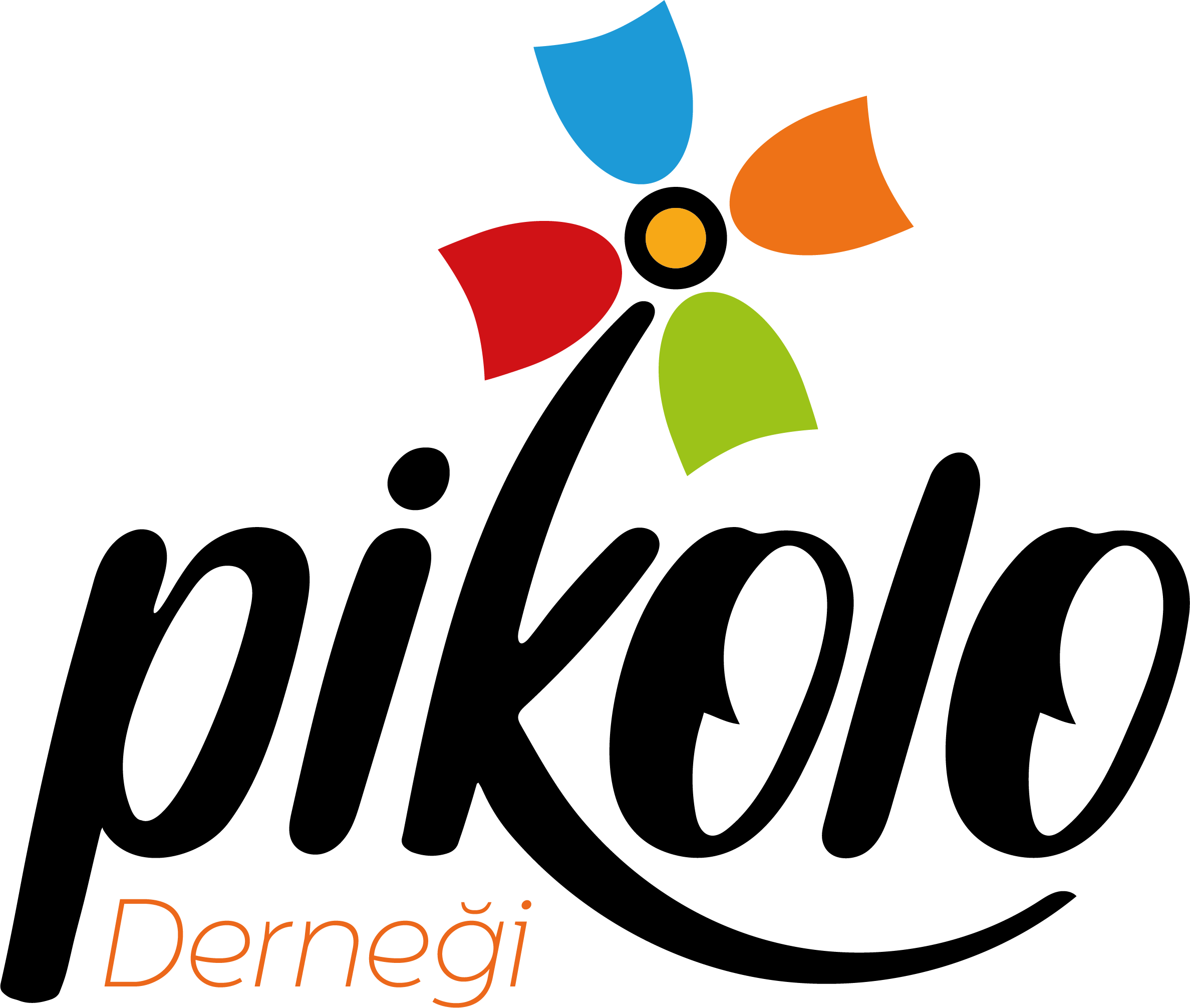LEADING WOMEN OF THE REPUBLIC!
As Pikolo Association, we have been working since 2014 with the vision of bringing children, women and other individuals in risk groups into society. In this direction, we work to eliminate the disadvantages of children, women, young people and all individuals in risk groups, to support their access to education, and to maintain their lives in decent conditions in social and economic life.
Since 2014, we have identified a total of 23648 children and contributed to the referral of 20412 children to education. 52% of the children we have identified and referred to education are girls, and we continue to work sensitively to ensure that all children continue their education.
Again, since the day we were established, we have identified 9648 families and carried out 9635 activities within the scope of training and capacity strengthening activities.
With 46476 socio-cultural, arts and sports activities, we have helped and continue to help children at risk of employment to get to know themselves and their environment and to look to the future with hope.
With the 79084 basic needs sets we distributed, we helped meet the basic hygiene, clothing and food needs of children/adults.
On the 101st anniversary of the Republic, we are bringing you the stories of women who inspire today's girls with their achievements thanks to the Republic.
Celebrating its 101st anniversary, we look at the achievements of the Republic from the perspective of women. Through our work on gender and women's rights, we support women's contributions to social life, their achievements, empowerment and success.
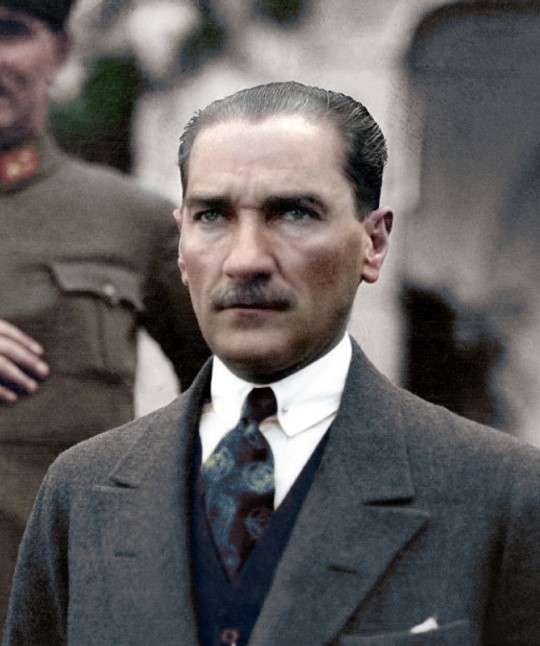 "
"Mustafa Kemal Atatürk
Here are the "Leading Women of the Republic!" whose stories we will try to tell you briefly
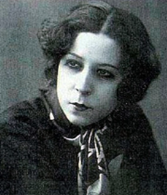
Afife Jale was born in Kadıköy in 1902. On November 10, 1918, she was one of the 5 girls who joined Dârülbedâyi as a student. The other 3 friends she attended the school with had quit the theater, thinking that they would not be able to perform on stage.
Afife Jale, who attended school with a friend named Refika, was entitled to play the role of "Emel" in the play "Yamalar", which was to be premiered on April 13, 1920, due to the departure of the foreign actress who was to play the role of "Emel".
On April 22, 1920, she played the role of "Emel" at the Apollon Theater in Kadıköy and became the first female actress to appear on stage.
A foundation that keeps Afife Jale's name alive and supports young women receiving theater education still continues its activities today.
*Dârülbedâyi: The first conservatory established in the Ottoman Empire.
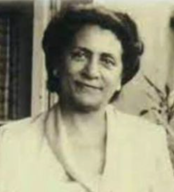
Safiye Ali was born in Istanbul in 1894. Since her childhood, she came to the forefront with her interest in literature, music and foreign languages, and by the age of 16 she was able to speak English, French, German, Russian and Italian.
With the need for physicians coming to the agenda with the Balkan Wars, Safiye Ali decided to become a physician. However, female students were not accepted to medical schools in the Ottoman Empire. Safiye Ali completed her medical education in Germany with the support of a scholarship provided by the then Minister of Education Ahmet Şükrü Bey.
After her graduation, Safiye Ali returned to Turkey and volunteered in the field of maternal and child health. She became the first female faculty member to teach medicine to women in the medical school opened in Turkey.
Safiye Ali also volunteered in different organizations for women's right to be elected and became one of the people who played an important role in the struggle for women's rights in Turkey.
*Maârif-i Umûmiye Nezâreti: The ministry responsible for education.
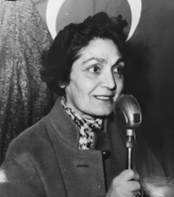
Süreyya Ağaoğlu was born in Azerbaijan in 1903. In 1910, Süreyya Ağaoğlu immigrated to Turkey with his family and spent his childhood and youth among the close friends of Mustafa Kemal Atatürk. Süreyya Ağaoğlu, who told her family elders that she wanted to study law since her childhood, applied to Darülfünun Law Faculty in 1921, but her application was rejected because the school did not accept female students.
Süreyya Ağaoğlu, who continued her struggle with determination together with 3 of her friends who also wanted to become lawyers like her, ensured that the faculty was opened to female students.
Süreyya Ağaoğlu fought for women's rights throughout her life and played an active role in many associations for the education of girls.
*Darülfünun Faculty of Law: Istanbul University
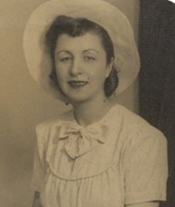
Remziye Hisar was born in Skopje in 1902. In 1908, Remziye Hisar immigrated to Istanbul with her family and attended high school at Istanbul Darülmuallimatı. She completed her university education in the Department of Chemistry and then went to Baku with her classmates and started her teaching career.
He continued his chemistry education at Sorbonne University. She became a student of renowned scientists Marie Curie and Paul Langevin. When her scholarship was cut when she was about to become a doctoral student, she returned to Turkey and started teaching chemistry at Erenköy Girls' High School in Istanbul. Until 1930, she continued her struggle to explain her work and was again awarded a doctoral scholarship and went to Paris to complete her doctoral studies.
Remziye Hisar, who never gave up in her struggle for education, attached great importance to the defense of the right to education and became the first woman chemist in the history of the republic.
*Istanbul Darülmuallimatı: Girls Teacher Training School
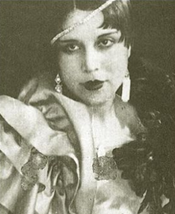
Semiha Berksoy was born in Istanbul in 1910. She became interested in art thanks to her mother's work as a sculptor and painter and her father's interest in poetry.
Thanks to her interest and talent in art, she qualified to enter the Istanbul Conservatory in 1928. Semiha Berksoy continued her artistic and educational life in Berlin as a result of her success in performing arts.
She took part in the first sound film released in Turkey and the first opera staged by the order of Mustafa Kemal Atatürk. Semiha Berksoy performed the leading role of "Ariadne" in "Ariadne Auf Naxos" at the Berlin Opera in 1939 and became the first Turkish opera singer to perform in Western Europe.
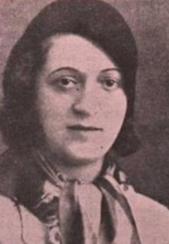
Bedriye Tahir Gökmen, who was also working as a clerk during her education, decided to study at Vecihi Bey's flight school in 1932 due to her interest in aviation.
During this period, he continued his education with 12 male students and was awarded his badge in 1933.
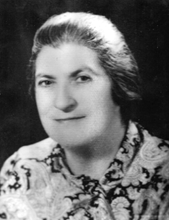
Sabire Aydemir was born in Kastamonu in 1910. In 1933, she graduated from Istanbul Erenköy Girls' High School. She wanted to continue her university education at the Faculty of Medicine, but female students were not accepted as boarding students. Sabire Aydemir changed her mind due to her love for animals and enrolled in Ankara University Veterinary School, which accepted female students for the first time that year, and completed her education at this school.
After working in different laboratories for a while, he returned to the Faculty of Veterinary Medicine and continued to work there.
She was awarded the "First Woman Veterinarian" plaque by the Turkish Grand National Assembly in 1984.
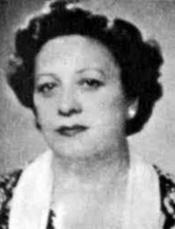
Fazıla Şevket Giz was born in Istanbul in 1903. In 1922, Fazıla Şevket Giz graduated from the American College for Girls, and after completing her higher education at Mount Holyoke University in 1927, she worked as a research assistant for a short time.
In 1927, she returned to Turkey and began teaching biology at Arnavutköy Girls' College. In 1929, Fazıla Şevket Giz published a research paper, becoming the first woman scientist in Turkey to publish a paper in the category of basic sciences.
In 1933, after the university reform, he was appointed as an associate professor of animal science at Istanbul University Faculty of Science.
In 1949, she was one of the founders of the Turkish University Women's Association with the aims of ensuring gender equality, increasing the female literacy rate, increasing the schooling rate of girls and increasing women's employment.
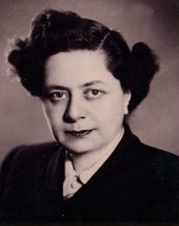
Kamile Şevki Mutlu was born in Istanbul in 1906. In 1924, she graduated from Istanbul Girls' High School and in 1930 she graduated from Istanbul Darülfünunu Faculty of Medicine.
Until 1933, he worked as an assistant at the university and then was sent to the Berlin University Institute of Pathology. In 1935, upon his return to Turkey, he received his specialization in Pathology and started to work at Ankara Numune Hospital until 1945.
In the same year, she was appointed as the founding chair of the Department of Histology and Embryology at Ankara University Faculty of Medicine as a professor. Kamile Şevki Mutlu, who pioneered the development of Turkish medicine, served in this branch for many years and contributed to the training of students.
Kamile Şevki Mutlu chaired the committee established in 1953 for the transfer of Atatürk's body to Anıtkabir.
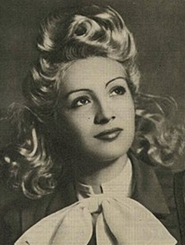
Cahide Sonku was born in Yemen in 1919. She moved to Istanbul with her family at an early age and was introduced to art at the age of middle school. At the age of 16, she started conservatory education and then performed in various theaters.
Cahide Sonku, who took part in various projects with Muhsin Ertuğrul, one of the famous directors of the period, founded her own film company named Sonku in 1950 and started directing.
Cahide Sonku brought countless works to Turkish cinema as a director and actress. The Antalya Golden Orange Film Festival honors the memory of Cahide Sonku, who is considered the first female film director and the first female star actress.
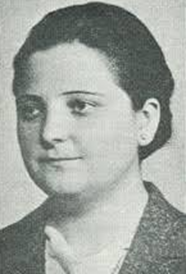
Ayşe Afet İnan was born in Macedonia in 1908. She moved to Ankara with her family at an early age and later completed her high school education at Bursa Girls' Teacher Training School in 1925. Ayşe Afet İnan, who was the adopted daughter of Mustafa Kemal Atatürk, met Atatürk at an invitation given at her school around this time.
Since 1930, she continued her work on women's rights and took part in various activities for women's right to vote and be elected.
Ayşe Afet İnan, who became a professor in 1950, was one of the first professors in the history of the Republic and the first female history professor.

Jale İnan was born in Istanbul in 1914, the daughter of a museum director father. From an early age, she participated in her father's professional trips and thus became acquainted with archaeology.
Between 1935 and 1943, she completed her undergraduate and postgraduate studies in Germany and returned to Turkey. After returning to Turkey, Jale Inan continued her studies at Istanbul University and became the first woman archaeologist to be awarded the title of professor in 1963.
He contributed to the discovery of the ancient cities of Side, Perge, Kremna and Seleucia and ensured the establishment of museums with the artifacts excavated from the excavations.
Jale İnan, the first archaeologist of the Republican era, set an example for the generations that followed her with her belief in education and science, her perseverance and determination.
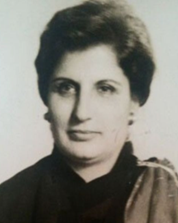
Fatma Selma Soysal was born in Zonguldak in 1924. After attending high school in Istanbul, she enrolled in Istanbul University Faculty of Science in 1941. She had the chance to take courses from important names such as Cahit Arf and Kerim Erin.
She graduated in 1945 and traveled to the United States, England and France to conduct research. In 1967, she became the first woman mathematician to receive the title of professor.
Fatma Selma Soysal, who worked at Istanbul University until her retirement, has set an example for the generations that came after her by giving lectures at different universities in Turkey.
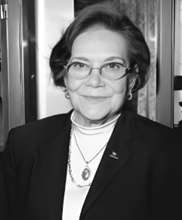
Dilhan Eryurt was born in Izmir in 1926. She attended high school at Ankara Girls' High School and university at Istanbul University, Department of Higher Mathematics and Astronomy.
In 1953, he was accepted to the University of Michigan, where he worked both as a graduate student and as a research assistant.
Dilhan Eryurt was honored with the Apollo Award in 1969 within the scope of the Moon Landing Project and the TÜBİTAK Science Award in 1977 for her successful work at NASA.
